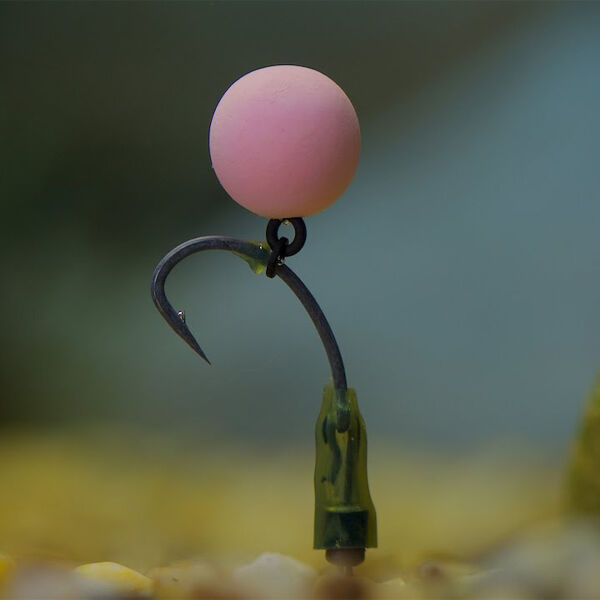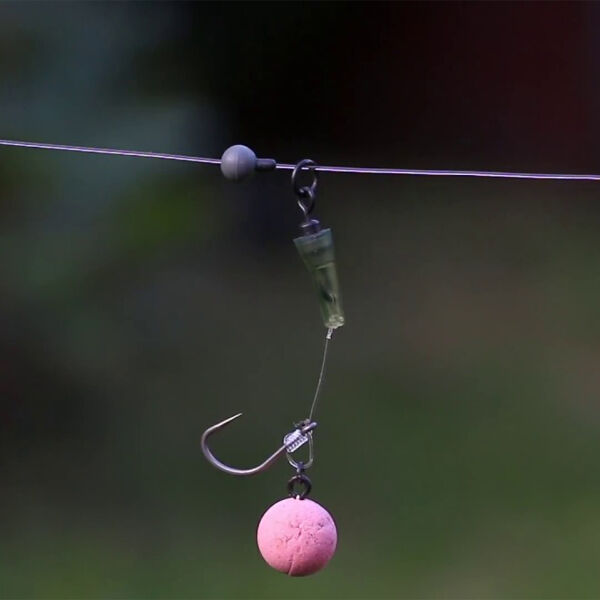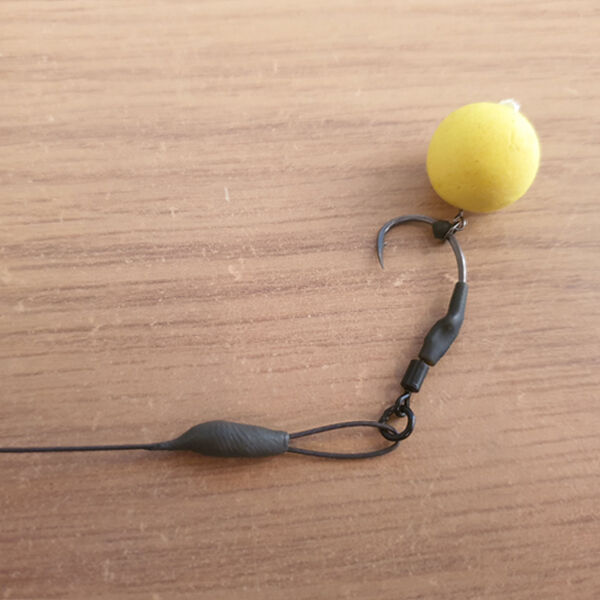How to Tie a Hair Rig: A Total Fishing Tackle Rig School
- By Andy Grenfell
- |
- 20 February 2020
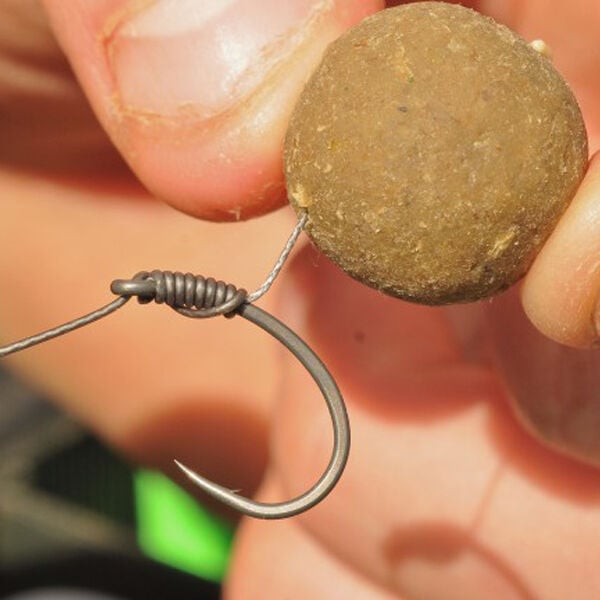
What is a hair rig?
A Hair Rig is one of the most important and widely used rigs in modern carp fishing. It revolutionized the sport when it was introduced in the 1980s because it dramatically increased catch rates by improving hooking efficiency and allowing fish to safely sample the bait without feeling resistance.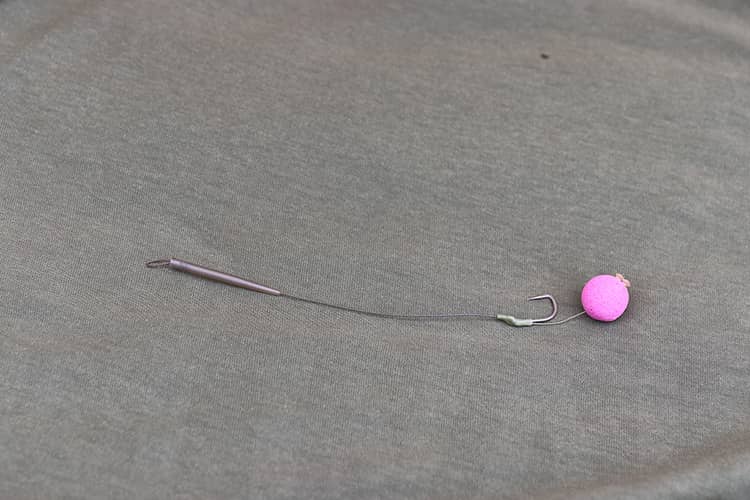
We asked our rig tying expert, Andy Grenfell, to run through the tying of the hair rig and give us a few tips and tricks! I still use the bog standard hair rig in a lot of my fishing, both for big carp using conventional carp angling tactics and also in my commercial match fishing set ups but for the benefit of this tutorial I will show you how to tie a standard hair rig on some un-coated braid, we will look at taking it onto the next levels later.
Materials you need for a hair rig
- Sharp scissors
- Braided hooklink material
- Wide gape style hooks
- a Standard baiting needle (useful for helping to pull knots through)
- Hair stops
- Tungsten putty
- Hookbait of your choice
Step 1: Cut your braid to size
We are looking for about 12 inches of braid. If you don't have a measuring device, it is roughly the length of your forearm. We are looking for an overall rig length of about 8 inches, but give yourself plenty to work with.Step 2: Make the hair
This is the trickiest part, you need to form an overhand loop in one end of the braid, a top tip is to just wet the end of the last few inches of the braid in your mouth first, to help the braid fibres stick together and stop the fraying. The loop needs to be as small as you can get it, ideally, it will be slightly smaller than the size of the bait you are using. Take your time, and if you are struggling, use the baiting needle to pull the loop through the overhand knot.Step 3: Trim the tag end off
When rig tying, the tag end is the hooklink material we don't need after we have tied a knot. So in this case, it is the short piece of braid left over when we formed our hair. Trim it down to leave a couple of millimetres, the loop slips slightly. Now you should have a length of braid with a small loop on one end.Step 4: Add your hookbait
For those new to tying rigs, it is best to add your hookbait at this point, as it will make deciding the length that the hair needs to be easier. Slide your bait onto the baiting needle, ensuring the needle goes through the middle of the bait. Then, place the loop of the hair you just made onto the baiting needle and hook it into the catch at the end of the needle like this.Simply slide the bait off the needle and onto the hair pulling it far enough along to expose a good few millimetres of the loop. Finally, slide a bait stop into the loop and pull the bait down so the stop sits snugly against your chosen bait. The stop will prevent the bait from being pulled off on the cast or once it's out there on the lake bed. You should now have a length of braid with your chosen bait attached to the loop and fixed in place with a hair stop.
Step 5: Attaching the hook
Now, hold the hook in your left hand and wrap the braid around the hook starting at the top near the eye, always tie the know away from the point where the eye is formed, look closely and you will see there is a weld where the eye has been formed, we want to avoid tying the knot against it, you can see what I mean in the picture below. Tie 7 turns, then pass the braid back through the eye of the hook the same way you passed it through when putting the hook onto the braid at the beginning. Pull the knot tight and make sure the hair is coming off the back of the hook and hasn't twisted round.






